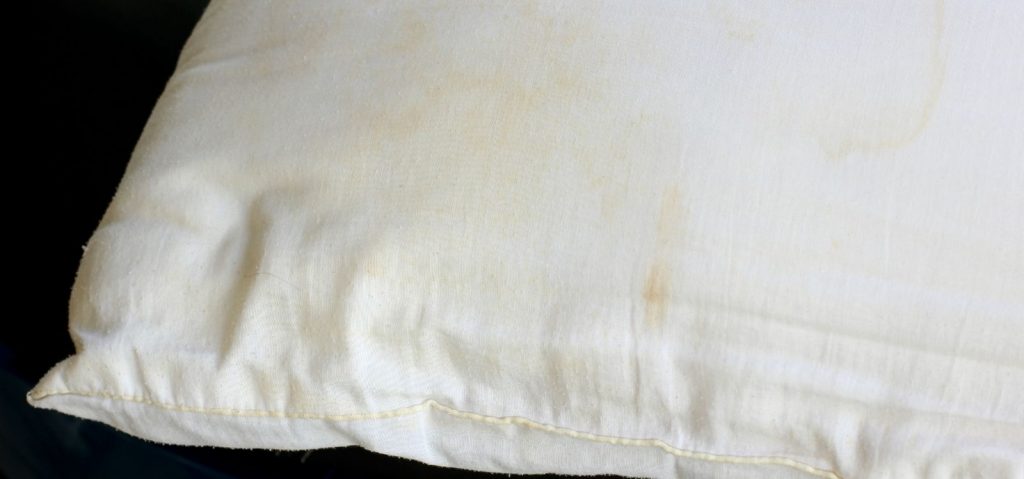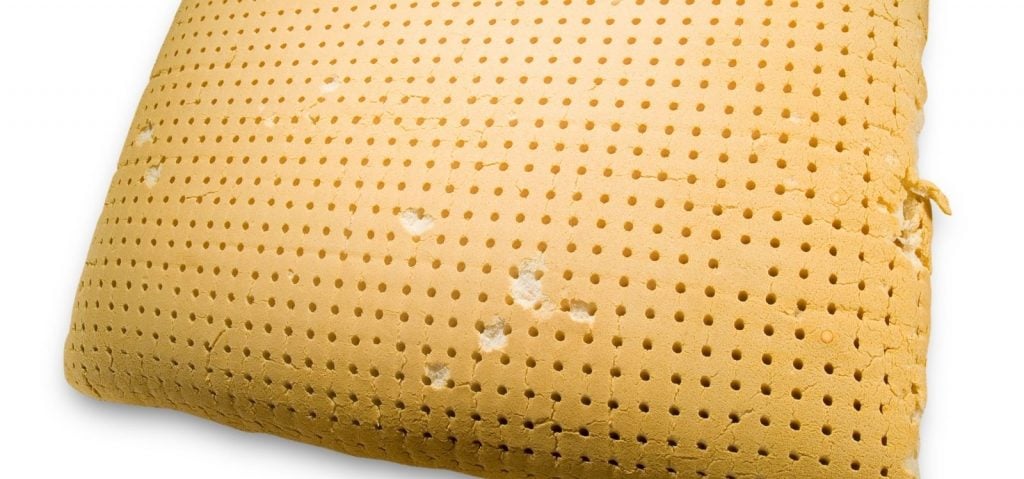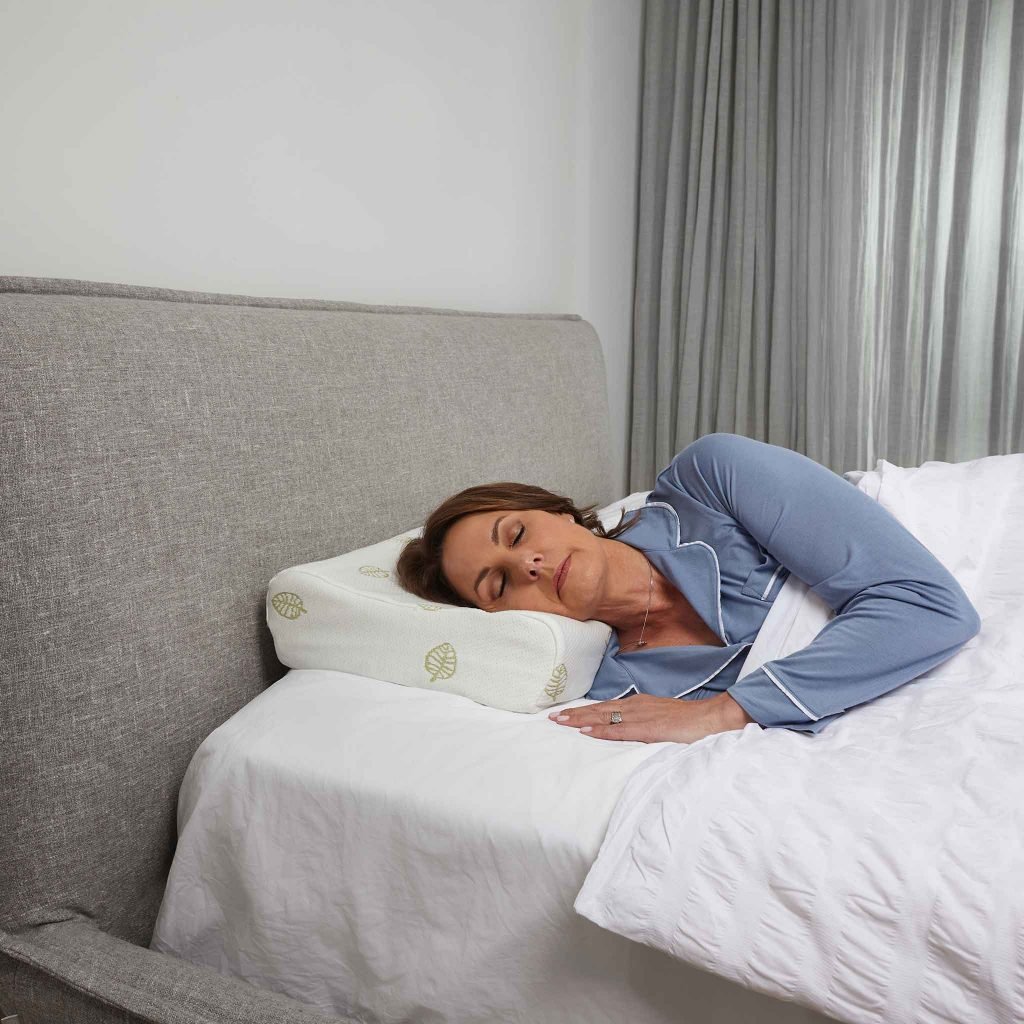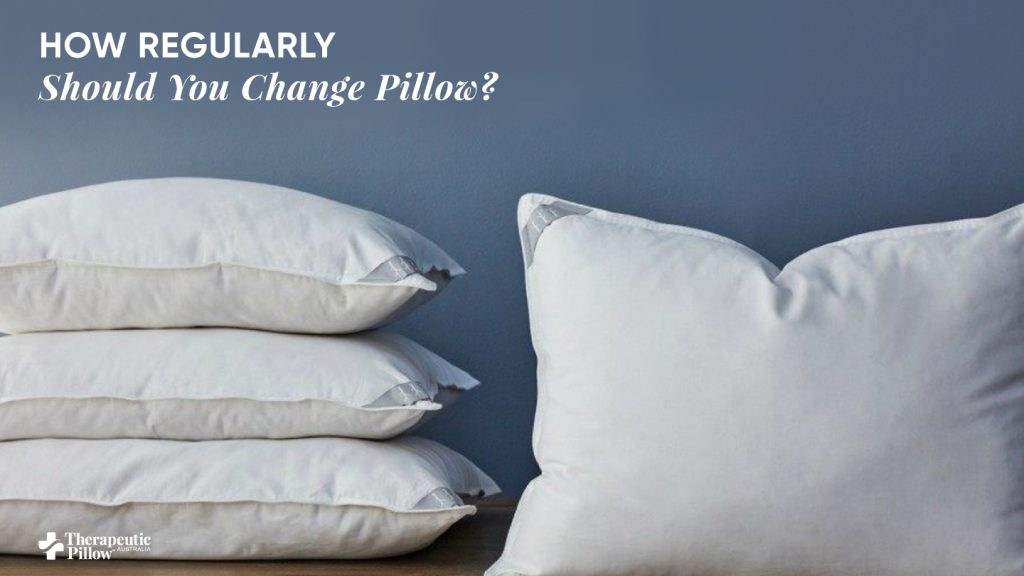A person spends more time in contact with their bed pillow than they do in their car, at the office, or socializing with friends.
A great pillow can greatly improve someone’s quality of sleep, and a good night’s sleep is key to success while awake. Unfortunately, even the highest quality pillows degrade over time and must be periodically replaced.
How regularly should you change your pillow? Timing can depend on a variety of factors.
Pillow Material
Sleep experts have analysed what happens to pillows made from a variety of different materials. How regularly should you change your pillow according to science? While the majority of experts suggest that the average pillow be replaced every one or two years, some even prefer to see pillows exchanged every six months.
One reason scientists suggest that pillows be replaced so often is to stave off the buildup of dust mites, dirt, and oils that accumulate on and inside a pillow.
How regularly should you change your pillow if you have allergies?
Definitely more often. Dust mites can trigger allergies, while dirt and oil can clog pores. Another reason to replace a pillow is that it loses its shape over time and is therefore less supportive.
The rate at which a pillow degrades depends on the material from which the pillow is constructed. Synthetic fibre pillows degrade quickly. Memory foam and latex pillows can last longer. Memory foam pillows will eventually lose their ability to bounce back to their original shape when depressed. This is a sign that they should be replaced. Latex pillows are more resistant to dust mites than any other kind of pillow, which is one reason they may last longer. They should also be replaced when they lose their ability to bounce back.


Adults vs Children
Adults and children each have different sleeping habits. How regularly should you change your pillow? It depends on your age. Children tend to move around more during sleep, while adults settle into favourite positions. Adults are aware of whether they sleep on their stomachs, backs, or on their sides. They can choose a pillow that is best suited to this primary position. Children have smaller bodies and those bodies benefit from smaller pillows. They also benefit from pillow shapes that can adapt to a variety of positions.
Because adults are likely to use a pillow in the same way night after night, they will wear it down in a specific spot. This can make it easier to tell that it is time to replace a pillow. The active sleeping patterns of many children can also wear down a pillow fast, but one of the major factors that influence when to replace a child’s pillow is the size of the child. Children grow quickly and taking care to match the size of a child’s pillow to their current frame is the best way to ensure a good night’s sleep.

It can be difficult to give up on a favourite pillow so quickly...
..but keeping an eye on how well your pillow is holding up and replacing it regularly can enhance your quality of life, both while you are sleeping and throughout the day. How regularly should you change your pillow? As often as possible given your lifestyle. If you don’t want to replace your pillow as frequently, consider investing in a memory foam or latex foam pillow. These pillows can last longer and are more resistant to dust mites, mould, and other common pillow contaminants.
At Therapeutic Pillow, we offer a number of pillows suited to all types of people (adults and children). Ranging from contour pillows, specialty pillows, body pillows, travel pillows and more. Please contact us for more information or visit our Cheltenham showroom (VIC).
It is recommended to change your pillowcases at least once a week. Pillowcases can accumulate dirt, sweat, oils, and dead skin cells over time, which can lead to the growth of bacteria and allergens. Regularly changing your pillowcases helps maintain a clean and hygienic sleeping environment. Additionally, if you have allergies or sensitive skin, changing your pillowcases more frequently, such as every few days, may be beneficial to minimize potential irritants.
Remember, pillow change frequency may vary depending on individual factors such as personal hygiene, lifestyle, and skin condition. If you notice any stains, odors, or visible dirt on your pillowcase, it is a clear sign that it needs to be changed sooner. By keeping your pillowcases fresh and clean, you can promote better sleep quality and overall well-being.
 0
0 0
0It is recommended to change your pillows every 1 to 2 years. Over time, pillows accumulate dust mites, dead skin cells, and sweat, which can affect their cleanliness and comfort. Regular pillow change ensures a fresh and hygienic sleep environment, promoting better sleep quality and reducing the risk of allergies or respiratory issues. If you notice your pillow becoming lumpy, flat, or no longer providing adequate support, it may be a sign that it needs to be replaced sooner. Remember, a good night's sleep starts with a fresh and supportive pillow, so don't forget to consider a pillow change every 1 to 2 years for a comfortable and healthy sleep experience.
 0
0 0
0








